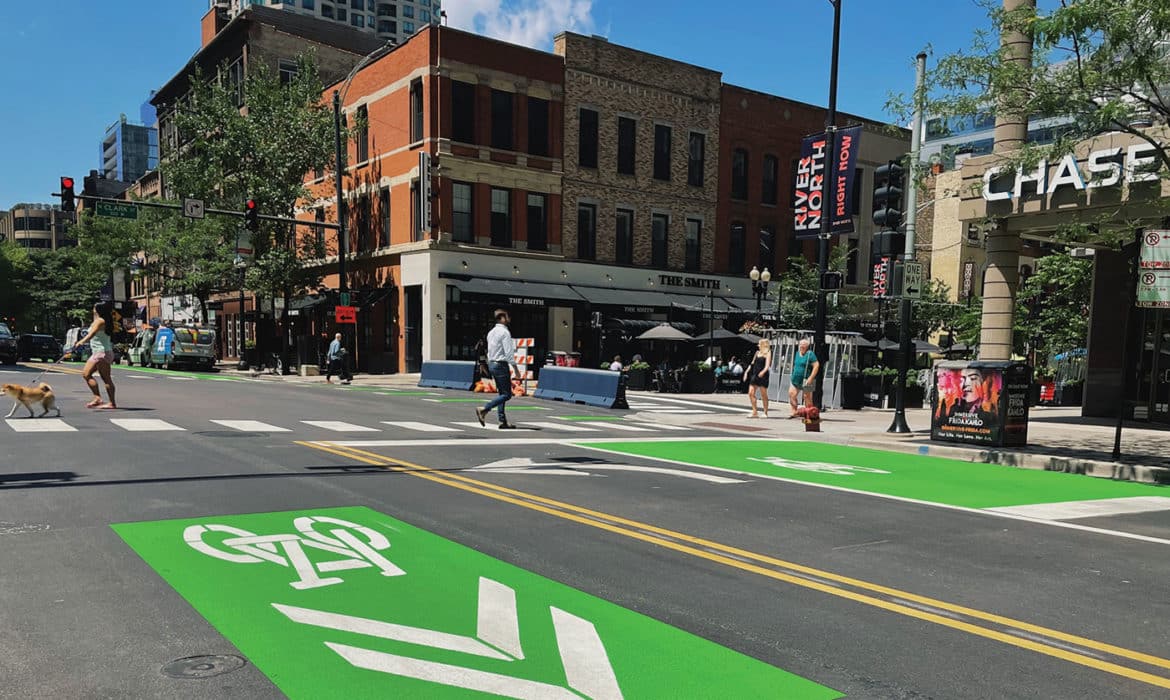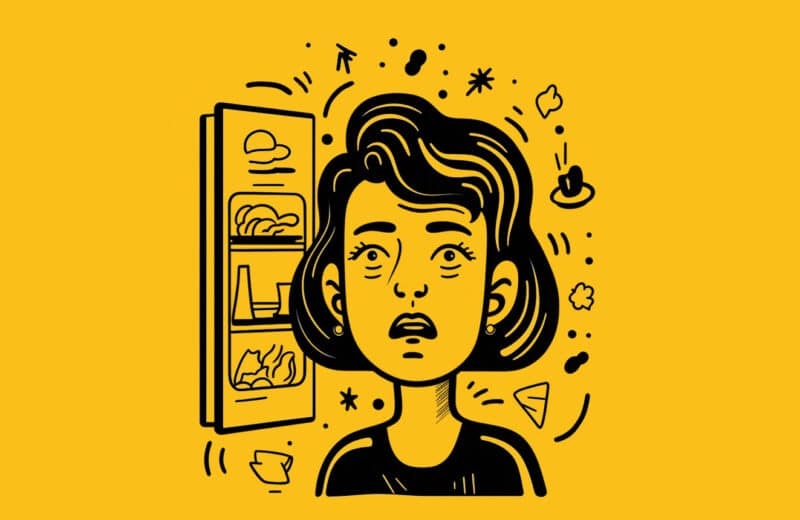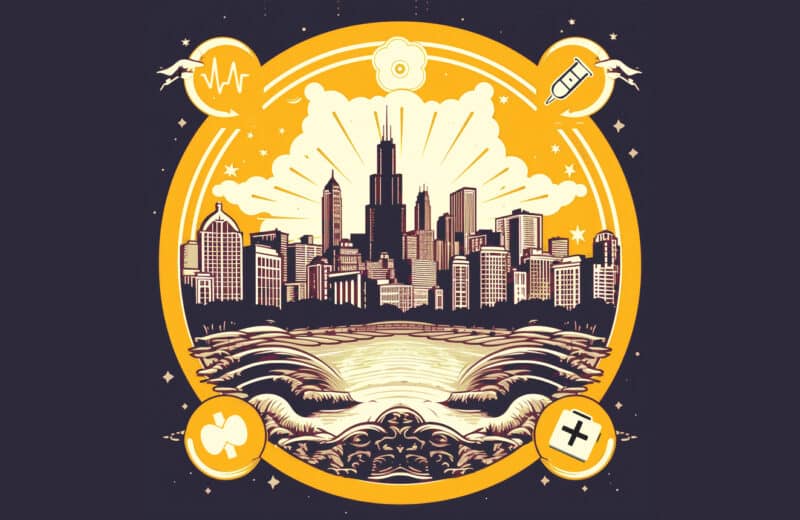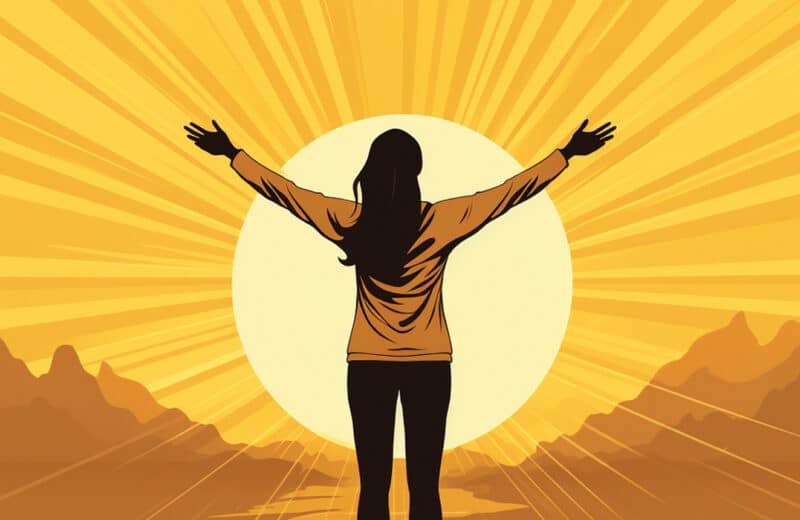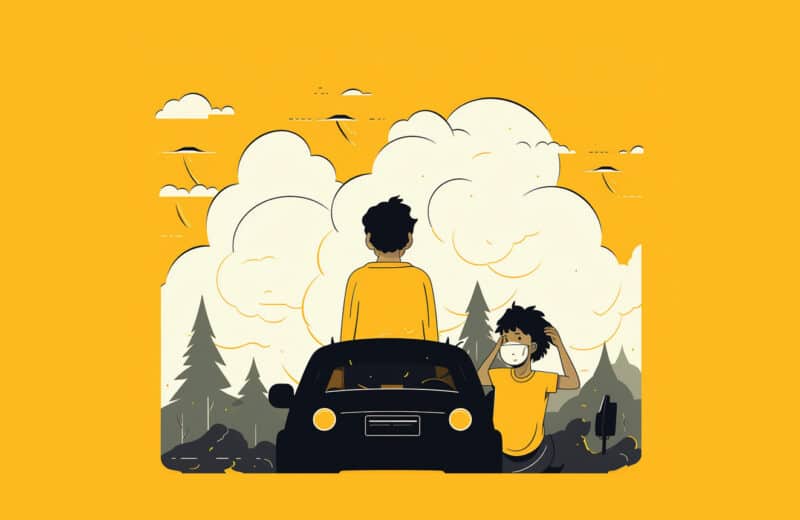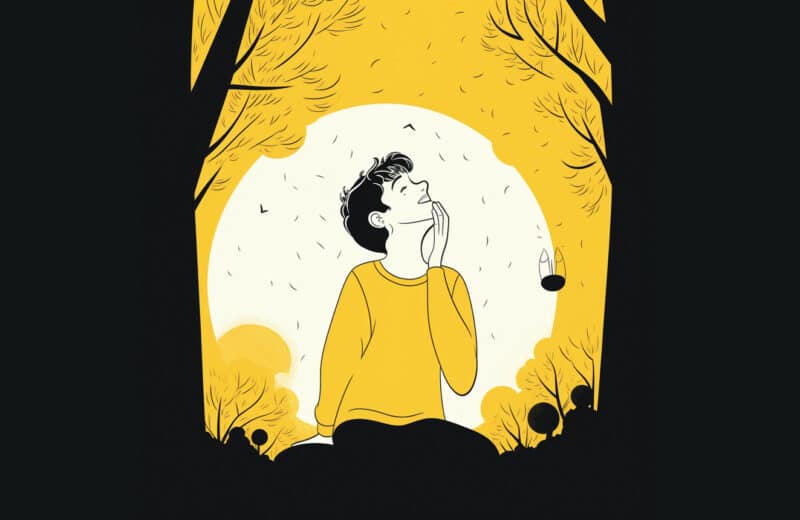
For a cyclist, getting doored happens when a person in a car opens their door right in your path. This sends you like a rocket straight into the asphalt. It happens a lot. Most bikers limp away, and it becomes one of those Chicago rites of passage, like drinking Malort — a reminder of how dangerous it can be to live Chicago-style.
But not all bike-car meetups end in mere scrapes, bruises, and broken bones. Some end everything. You’ve seen them. The ghost bikes. Painted white and left as memorials for bikers killed on the road.
There’s been a 30% decrease in serious bike crashes over the last decade, according to Chicago Department of Transportation officials. However, since 2016, we average six cyclist deaths each year. In a city of nearly 2.7 million people, that may not seem like much. But in a Chicago Tribune article published this past spring, Policy Director of the American League of Bicyclists Ken McLeod said, “That’s a big number for a city.”
And it’s a number I can’t ignore. My wife and I moved from the bustling Wicker Park neighborhood to the slower, more spacious Old Irving Park neighborhood last year. We bought a bike seat so we could go on adventures with our son to the park and pool. A year later, the seat is still in the box. Katie sold her bike. She feels it’s too risky for her right now with young kids. Especially so in our ’hood. We live off a half-mile stretch of road that biking advocates say is one of the deadliest in the city — Milwaukee Avenue between Addison Street and Kilbourn Avenue.
The intersection of Milwaukee and Kilbourn is now home to two ghost bikes for cyclists killed two and a half years apart. A dump truck crushed Carla Aiello the morning of November 6, 2019. And a food delivery driver struck Nick Parlingayan the evening of May 4, 2022.
I realize there’s risk in everything. But we take measures to reduce that risk. Bike helmets, seatbelts, shoes off at the airport. It’s not unreasonable for city planners, our elected officials, to meet us where we are in the name of public safety. And yet, it’s apparently difficult for them.
In 2012, Chicago’s then-mayor, Rahm Emanuel, put forth the Chicago Streets for Cycling Plan 2020. The plan set a deadline to build 100 miles of protected bike lanes (PBLs) by 2015. PBLs are considered, from least to most safe: painted bike lanes, plastic bollards, and cement barriers.
The city had fewer than 25 miles of PBLs by the deadline, and today has 35 miles of PBLs. Clearly, the city has hardly moved the needle on its commitments, says Alex Perez, advocacy manager at Active Transportation Alliance, a non-profit that advocates for cycling, walking, and public transportation in Chicagoland for all ages and abilities.
Moving that needle is not as simple as calling an alderman or finding funding. The issue at hand: bureaucracy. “The bike lanes are a patchwork,” Perez says. “The ward boundaries determine where PBLs go. If the Chicago Department of Transportation owns the road, a lane will likely be put in. But if the road is owned by the Illinois Department of Transportation, it’s less likely. It all comes down to who owns the road.” And getting the ward, city, county, and state to work together.
Throw construction projects into the mix, and progress slows even further. Let’s go back to my neighborhood at Milwaukee and Kilbourn, where Metra is on the front nine of a two-year project to replace a 122-year-old bridge. Construction vehicles take up road space, and the painted bike lane is barely usable when cars are present. When Metra finishes the job, they will leave behind a half-baked solution for one of the city’s busiest bikeways: A PBL with curb separation heading southbound on Milwaukee but only fresh paint for the bike lane heading northbound.
I’ve never been a proponent of fear — despite the title of this column — so I have no interest in turning my bike into garage art. Biking means more anxiety, daily brushes with dread, and mistrust of all things with a motor. But bike we must — for our health, the environment, our wallets, for fun. Maybe even for the thrill. So, we, as citizens, need to lean harder on the bureaucrats until they unwind their own red tape and work together to execute the Cycling Plan.
That starts with recognizing that public safety and public health go hand in hand.

